The German economy is expected to grow at a faster pace than previously predicted, according to forecasts by the IfW economic institute. The institute raised Germany’s economic growth forecasts for 2023 from 0.3% to 0.5% and for 2024 from 1.3% to 1.4%. Meanwhile, inflation is forecast to slow from its current level of beyond 7% to 5.4% in 2023 and to around 2% in 2024.
For the Eurozone as a whole, GDP is projected to grow 1.1% in 2023 and 1.6% in 2024. Inflation is forecast to slow to 5.5% in 2023 and then to 2.6% in 2024.
Stefan Kooths, Vice President and Head of Economic Research at the Kiel Institute said, “The economic compass is pointing upwards again, but the momentum remains subdued.
“The recent sharp drop in gas prices is initially providing little stimulus to the economy in this country, it is primarily easing the burden on the government budget, which now must step in with fewer subsidies as part of the so-called energy price brakes.
“As a result, lower import prices are replacing the stimulus from state energy subsidies, which has a similar effect on the macro economy.”




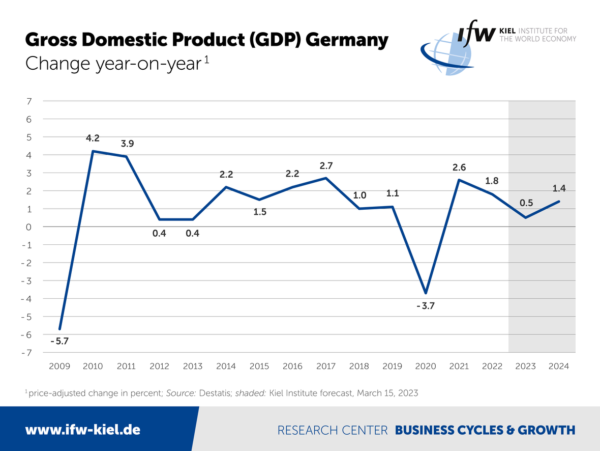
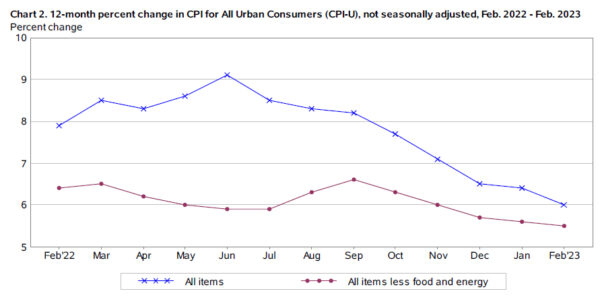
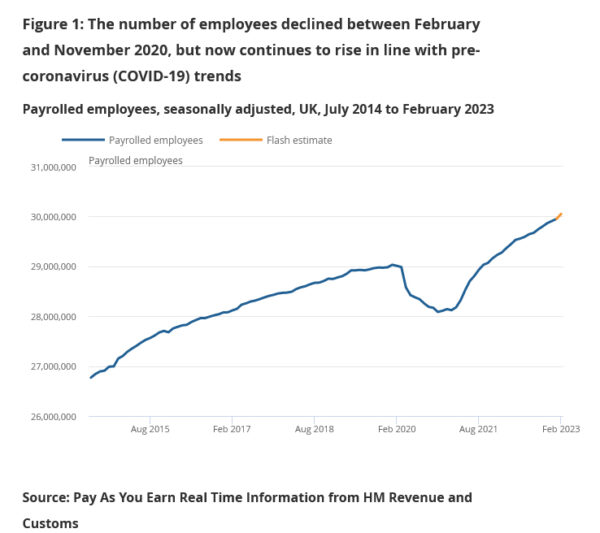
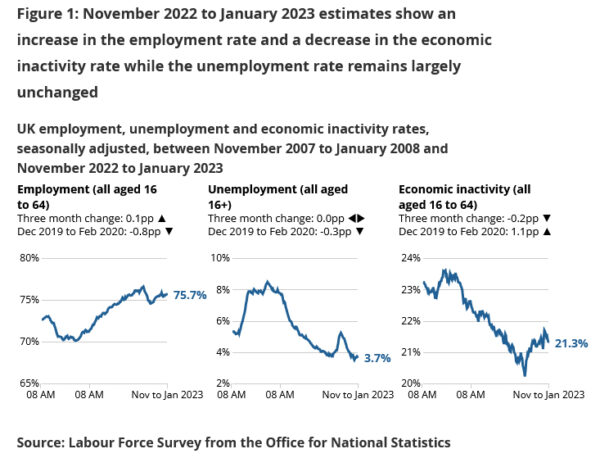
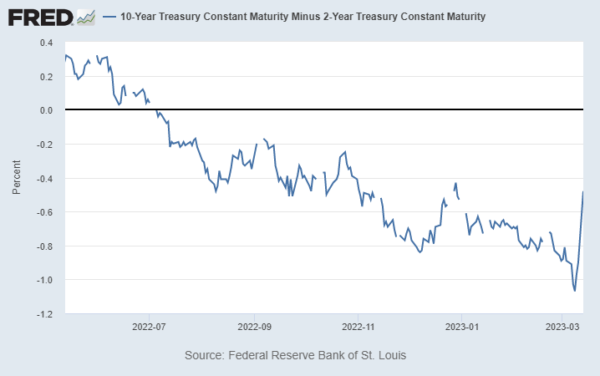
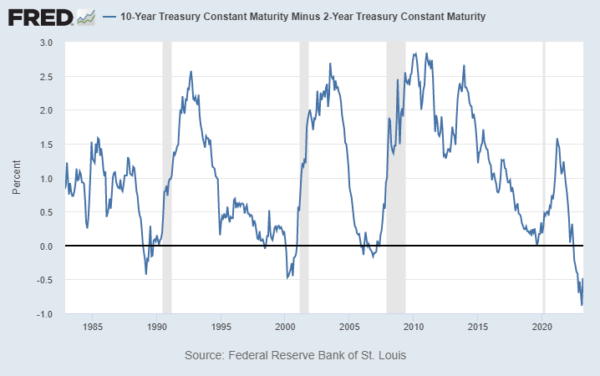
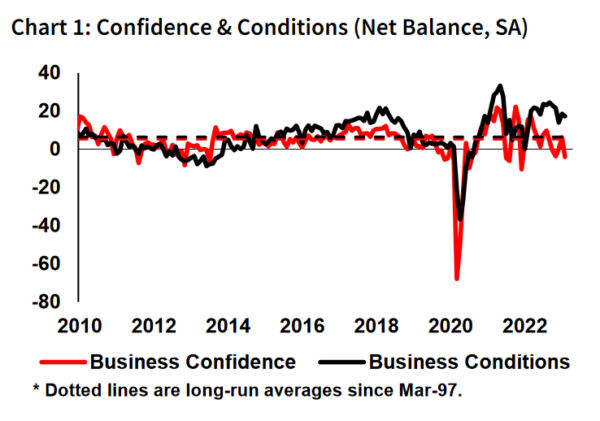
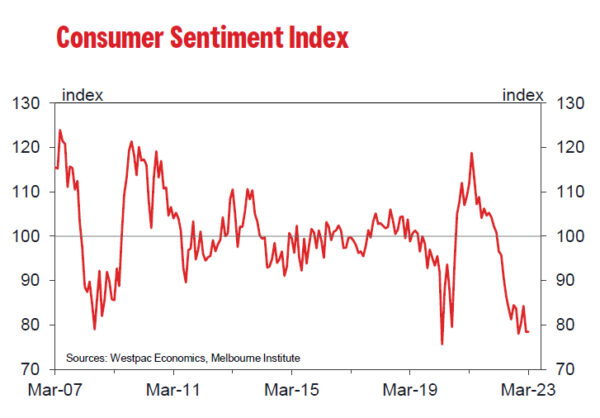
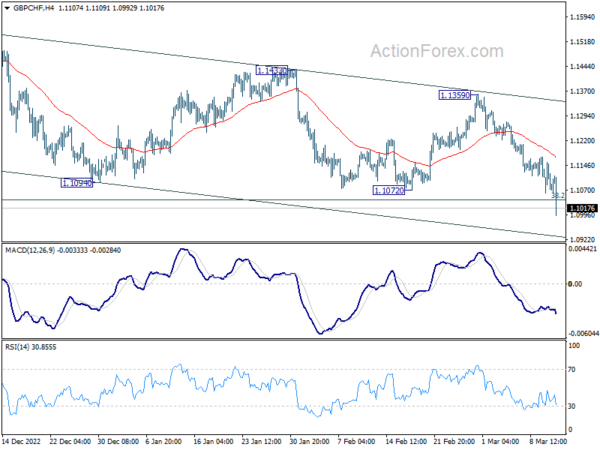
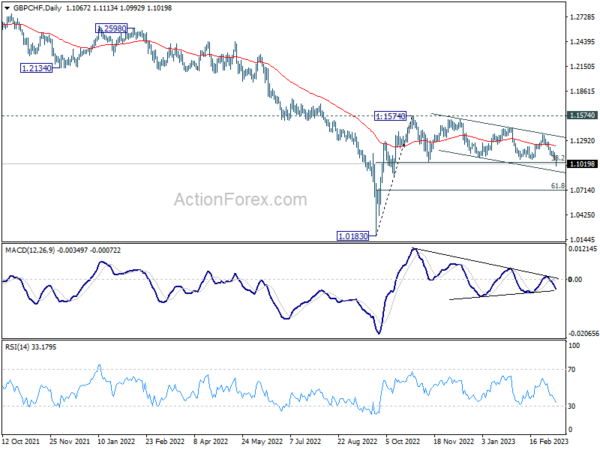
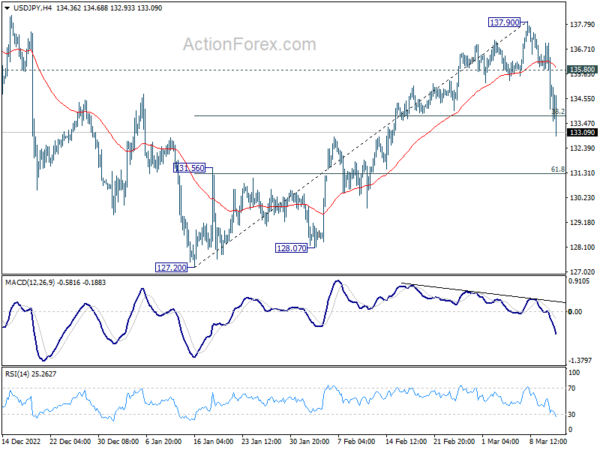
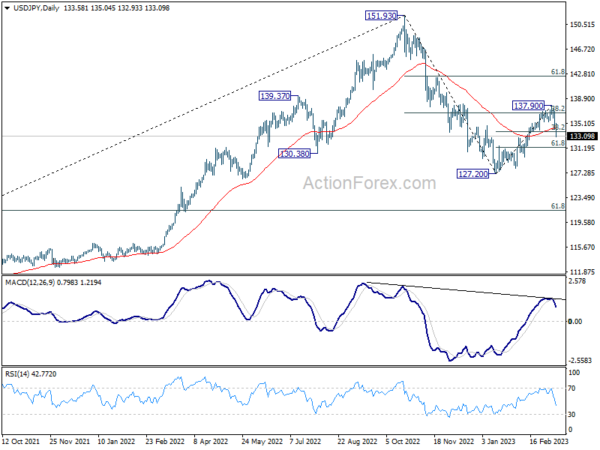
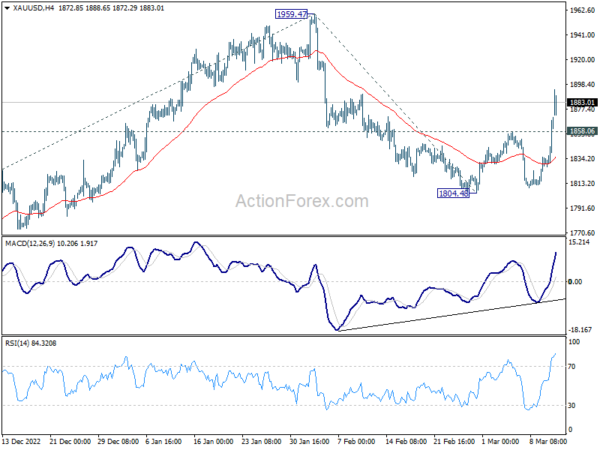

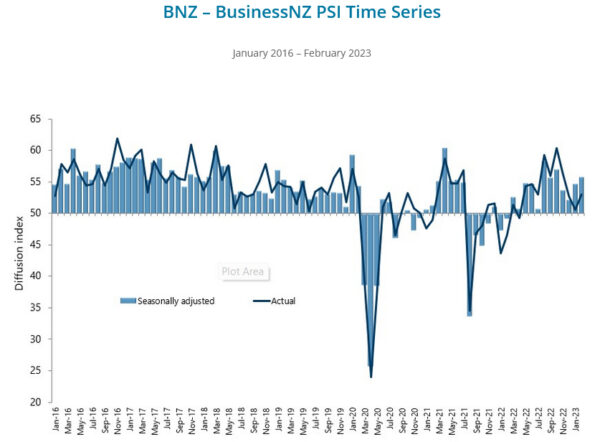
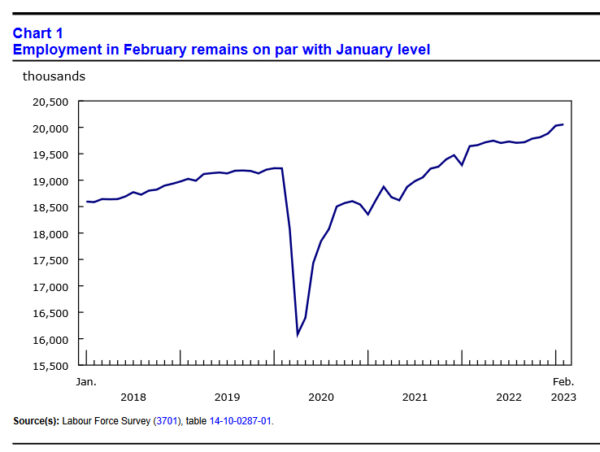
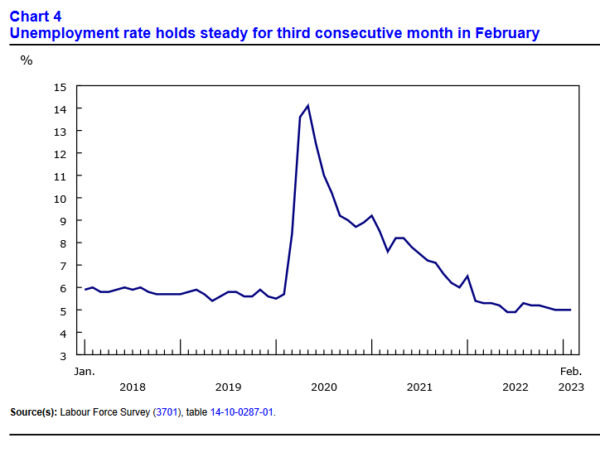
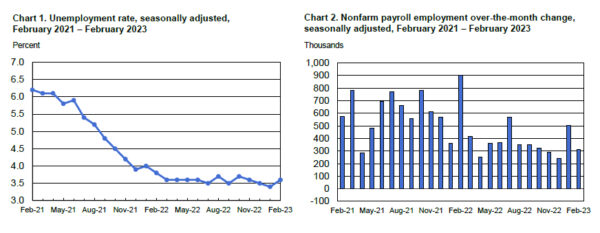
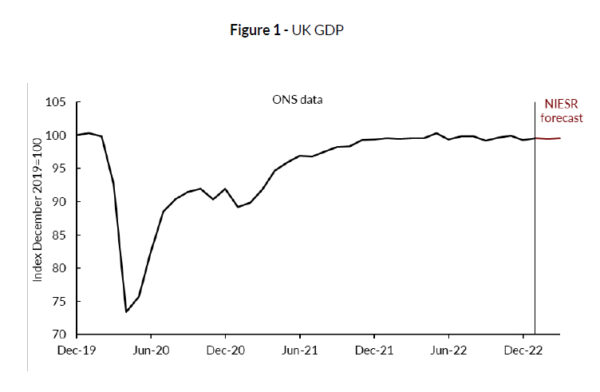
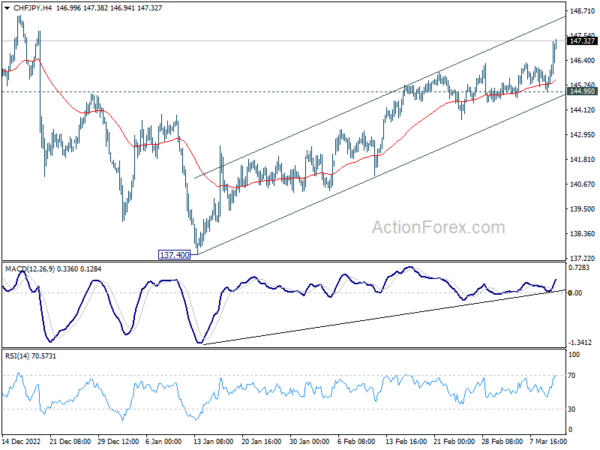
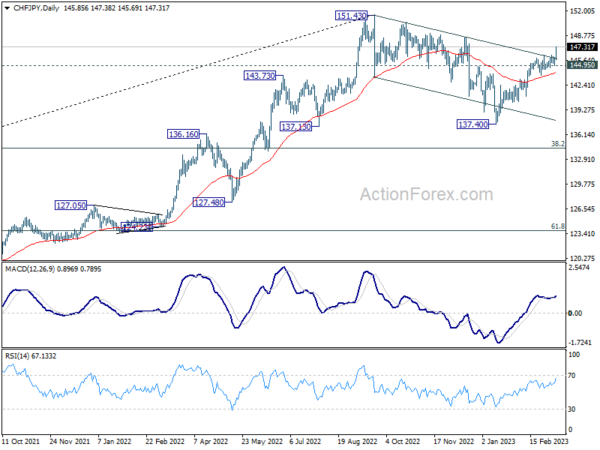
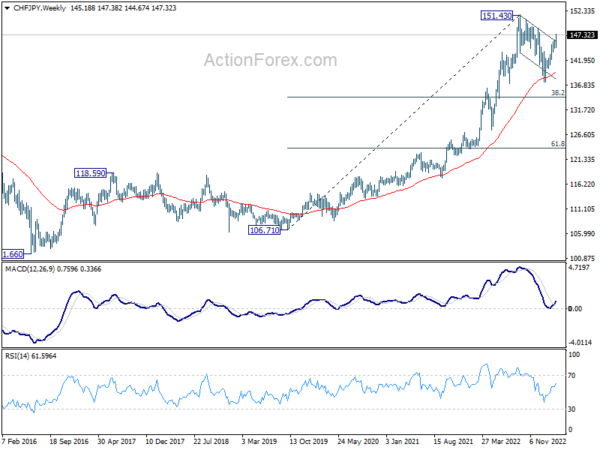
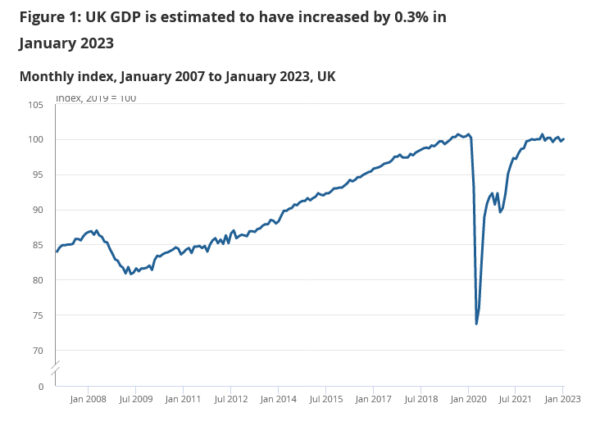
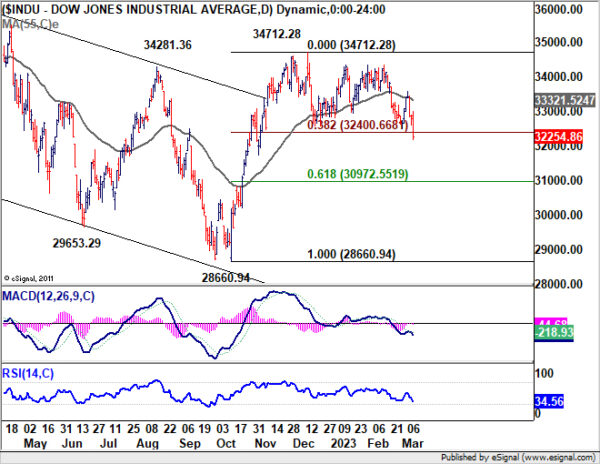

Eurozone industrial production rose 0.7% mom in Jan, EU up 0.3% mom
Eurozone industrial production rose 0.7% mom in January, above expectation of 0.5% mom. Production of intermediate goods grew by 1.5%, while production of capital goods fell by -0.2%, durable consumer goods by -0.7%, energy by -0.8% and non-durable consumer goods by -2.1%.
EU industrial production rose 0.3% mom. Among Member States for which data are available, the highest monthly increases were registered in Ireland (+9.3%), Sweden (+5.0%) and Romania (+2.0%). The largest decreases were observed in Denmark (-7.1%), Hungary (-5.0%) and the Netherlands (-4.3%).
Full release here.